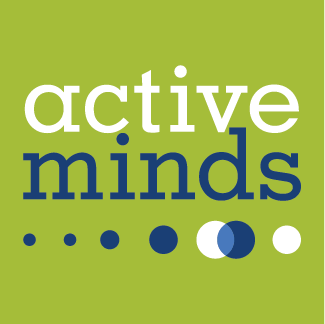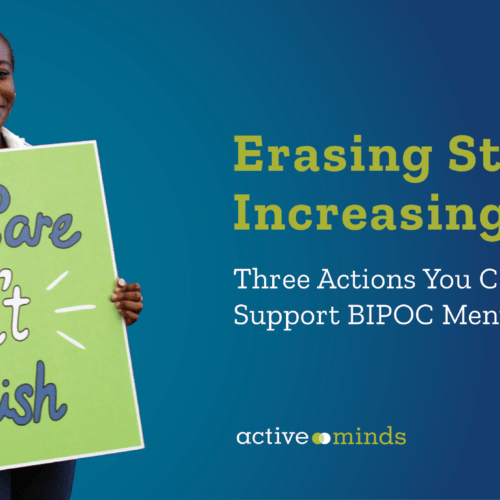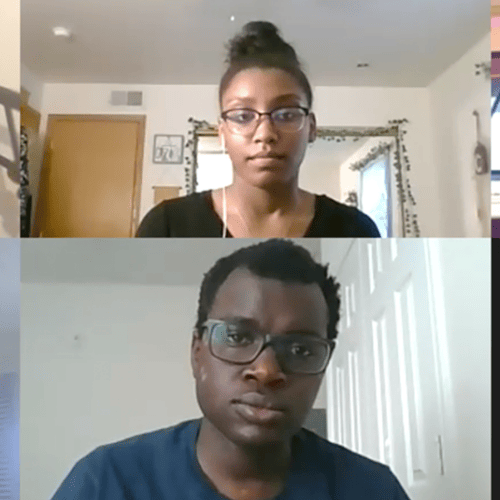Mental health awareness and access to treatment have grown immensely in the past few decades. The National Alliance on Mental Illness reported that 47.2% of U.S. adults with mental illness received treatment in 2021. Slowly but surely, actions are being taken to change the culture around mental health, but to continue we must address the gaps in care among those in the BIPOC community. According to Mental Health America, 17% of Black individuals and 23% of Native Americans live with a mental illness, and those who identify as multiracial are most likely to report having a mental illness within the past year compared to any other racial or ethnic group. At the same time, BIPOC individuals are also the least likely to seek out or have access to treatment. Why do these barriers exist, and what can we do about them?
One of the biggest roadblocks BIPOC people face when seeking care is stigma and mistrust. There is a deep stigma that exists in BIPOC communities toward mental illness. Emotional pain can often be seen as a character flaw rather than a diagnosable and treatable condition. On top of this stigma lies a history of negative mental health care experiences. Minority groups have faced misdiagnosis and mistreatment and the hand of their providers.
The two roadblocks work together to create the conditions that we see today. Despite these barriers, there are things that we can do as a member or an ally of these communities to improve their mental health outcomes. Following these steps can help promote mental health awareness and increase access to care.
- Educate Yourself and Others
The strongest antidote to stigma is awareness. Historic forces like racism and discrimination have contributed to the conditions that BIPOC individuals live in today. Higher incarceration rates and lower socioeconomic opportunities have consistently led to poorer physical and mental health outcomes in minority communities. Educate yourself and others on the history of marginalized communities. Learning more about how the past has shaped our world will help you understand why these disparities exist and put you in a better position to challenge them.Additionally, you can work to spread resources with information about receiving care. Things like cost and insurance can act as additional barriers to getting people the help they need. Fortunately, more and more people are working to provide minority groups with care. As you get involved in these communities, it can be helpful to bookmark a list of resources that you can provide to people who need them. - Actively Listen
Active listing skills are important. When we do not listen, we increase the risk of operating on hidden biases and assumptions. Connect with other BIPOC individuals in your community or online and listen to what they say about their mental health experiences. Listening to their stories is an opportunity to grow in your understanding. Remember to be open-minded as you experience cultures and histories that are different from your own.
- Be Bold and Speak Up
You can be a catalyst for change in your community. Look around you and notice what avenues you can use to advocate for the BIPOC Community. Contact your local officials to push for things like expanded language services and culturally responsive provider training. Use platforms like social media to talk about the issues affecting marginalized groups. By holding the organizations and institutions in your community accountable for change, you increase access to better treatment for BIPOC individuals.
By taking actions like these, you can change the culture around mental health for BIPOC communities. Ensuring that all individuals have equal access to mental health care and treatment is taking one step closer to a more just world.







